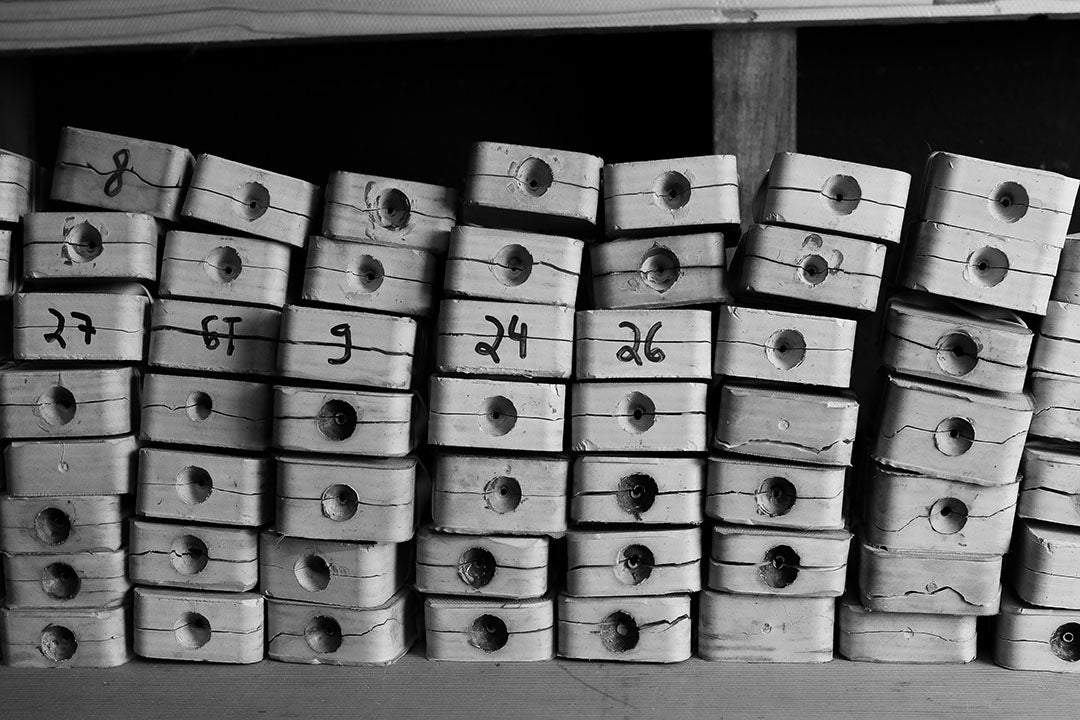In a world obsessed with perfection and precision, there's a refreshing philosophy that celebrates the beauty of imperfection—Wabi-Sabi. Originating from Japanese aesthetics, Wabi-Sabi is not just a design trend; it's a profound way of viewing and appreciating the world around us. So, what exactly is Wabi-Sabi, and how can we incorporate its principles into our lives?
At its core, Wabi-Sabi embraces the idea that beauty can be found in impermanence, imperfection, and incompleteness. It's about recognizing the inherent beauty in things that are weathered, worn, or asymmetrical. Instead of striving for flawlessness, Wabi-Sabi encourages us to find richness and depth in the natural cycles of life—growth, decay, and transformation.
One of the key elements of Wabi-Sabi is simplicity. It's about stripping away the unnecessary and focusing on the essential. This simplicity doesn't imply a lack of sophistication; rather, it suggests a profound elegance that arises from unpretentiousness and authenticity. Think of a weathered stone, a handmade ceramic bowl, or a wrinkled face—each tells a story of time and experience, embodying the essence of Wabi-Sabi.
Another fundamental aspect of Wabi-Sabi is the appreciation of imperfection. In a world that often seeks flawlessness, Wabi-Sabi teaches us to embrace the beauty of irregularities, asymmetry, and roughness. It's about finding charm in the cracks, recognizing that they add character and depth to an object or experience. A chipped teacup or a frayed rug may not meet conventional standards of perfection, but they possess a unique allure that resonates with the principles of Wabi-Sabi.
Moreover, Wabi-Sabi emphasizes the transient nature of existence. It reminds us that everything is fleeting and that change is an inherent part of life. By acknowledging the impermanence of all things, we learn to cherish the present moment and find beauty in the passage of time. Whether it's the fading colors of autumn leaves or the patina that develops on old brass, Wabi-Sabi invites us to savor the beauty of ephemerality.
So, how can we incorporate the principles of Wabi-Sabi into our daily lives? It starts with a shift in perspective—a willingness to see beauty in the ordinary and imperfect. Whether it's in the way we decorate our homes, appreciate art, or interact with others, we can strive to cultivate a sense of Wabi-Sabi. We can choose handmade and artisanal products that bear the marks of craftsmanship and individuality. We can create spaces that evoke a sense of simplicity, tranquility, and authenticity. And most importantly, we can approach life with a mindset of acceptance and gratitude, embracing the inherent beauty of our imperfect, ever-changing world.
In a society that often values perfection above all else, Wabi-Sabi serves as a gentle reminder that true beauty lies in the imperfect, the impermanent, and the incomplete. It invites us to slow down, appreciate the beauty in the mundane, and find solace in the transient nature of existence. So let's embrace Wabi-Sabi and embark on a journey of discovering beauty in imperfection—one crack, one patina, and one moment at a time.

